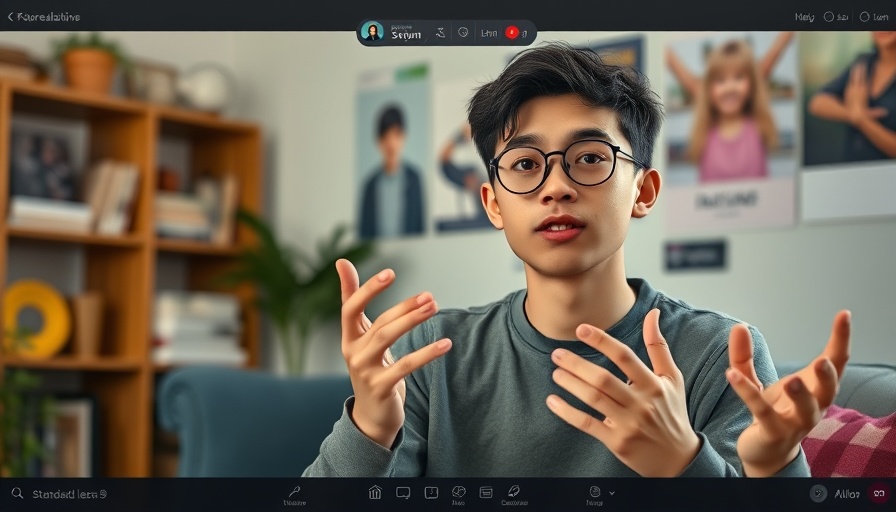
The Impact of AI on Advertising: A New Era
In the rapidly evolving world of advertising, the rise of artificial intelligence (AI) is fundamentally reshaping the landscape. Recent reports indicate that WPP, a global leader in marketing communications, has seen its shares tumble significantly as AI technologies begin to disrupt traditional advertising models. This shift is not merely a tech advancement; it signifies a transformative change that will provoke new strategies and approaches in marketing.
Understanding AI's Role in Modern Marketing
Artificial intelligence is not just a buzzword; it's a pivotal element that enables brands to understand their audience better and deliver personalized experiences. As WPP's struggles show, advertising strategies based on intuition and traditional methods are increasingly ineffective. AI empowers advertisers by analyzing data patterns, predicting consumer behavior, and optimizing campaigns in real-time. For newcomers to the field, grasping the basics of AI, such as machine learning fundamentals and AI concepts explained simply, is crucial to remain relevant in this digital age.
Future Trends and Predictions in AI Advertising
Looking ahead, the landscape of advertising will likely continue to evolve with AI at the forefront. Experts predict that the use of AI in marketing will expand, focusing on personalized AI campaigns and AI-driven marketing automation. With the increasing integration of predictive analytics, brands can expect a higher return on investment through tailored customer targeting and advanced content generation strategies.
Strategies for Adapting to AI in Advertising
For those currently in the marketing field, adapting to AI is not optional; it is essential. Understanding AI principles and exploring AI case studies will provide a deeper insight into effective integration into existing strategies. Building a solid foundation with resources such as AI tutorials and learning AI basics can help professionals enhance their skills and remain competitive.
Getting Started with AI: Learning Resources
There are numerous resources available for those eager to dive into the world of AI. Whether it's through online courses, webinars, or workshops, beginners can find practical insights to foster their knowledge. Websites dedicated to AI education for beginners offer courses that simplify complex AI programming concepts. Engaging with these materials not only enhances personal development but prepares individuals for the future of technology in marketing.
Conclusion: Embracing Change in Advertising
The challenges faced by companies like WPP highlight the urgent need for adaptation in the face of new technology. AI is not merely a tool; it’s a catalyst for change that will drive the marketing sector forward. Embracing these advancements will require a commitment to learning and experimentation. For anyone in advertising, understanding AI fundamentals provides not just a competitive edge but also an opportunity to harness its potential for innovative marketing solutions.
 Add Row
Add Row  Add
Add 




Write A Comment